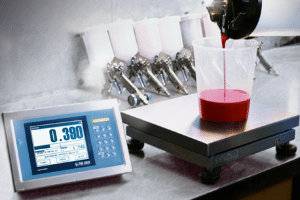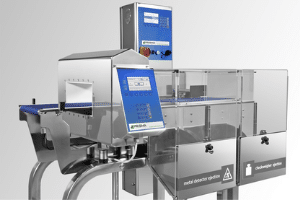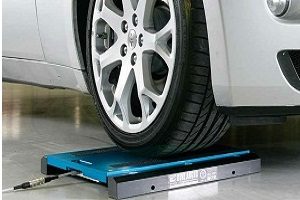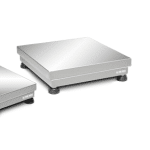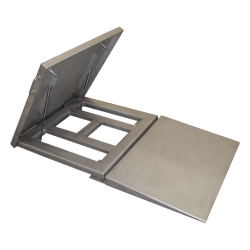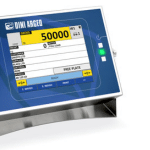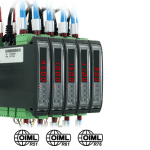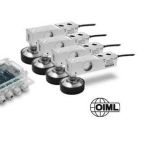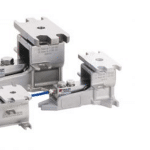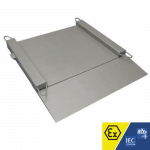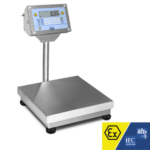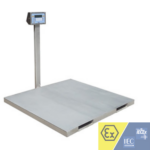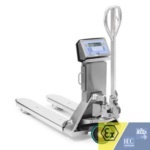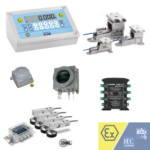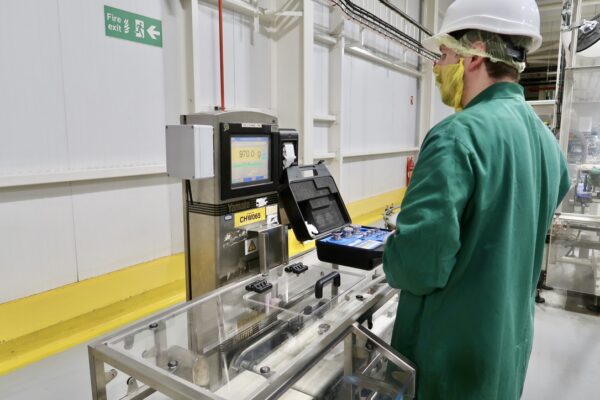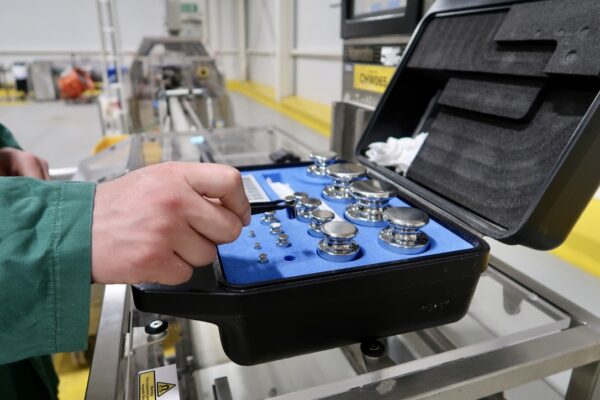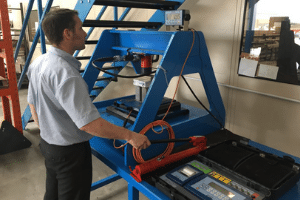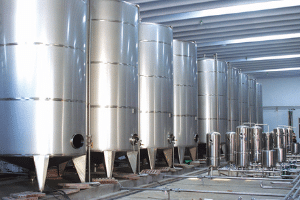A Guide to Load Cell Calibration and Maintenance
Load cells are the unsung heroes of weighing systems, silently converting mechanical force into readable electrical signals. But, like any precision instrument, they require proper care and attention to ensure accurate and reliable measurements. Regular calibration and thoughtful maintenance practices are key to safeguarding the integrity of your weighing operations.
Let’s delve into the complexities of load cell calibration, why it’s crucial, the various methods used, and how to keep your load cells in prime condition.
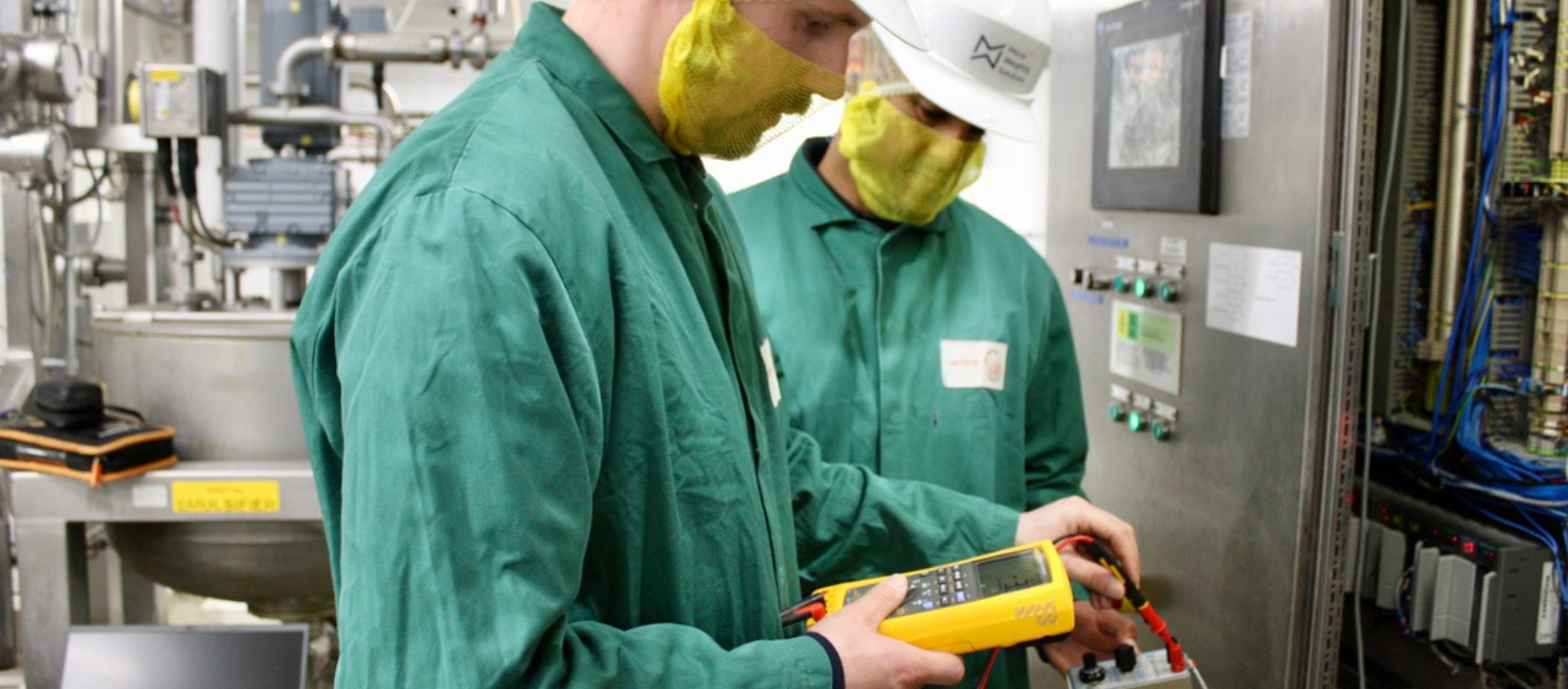
The Importance of Calibration
Think of calibration as a tune-up for your load cell. Over time, factors like wear and tear, temperature fluctuations, and environmental conditions can cause load cells to drift from their original specifications. Calibration is the process of comparing the load cell’s output to known reference weights and making necessary adjustments.
Regular calibration ensures:
- Accuracy: Maintain precise weight measurements critical for quality control, inventory management, and process optimisation.
- Compliance: Adhere to industry standards, regulations, and customer requirements.
- Safety: Prevent overloads and potential equipment damage or failure.
- Cost Savings: Reduce the risk of product recalls, wasted materials, and unexpected downtime due to inaccurate readings.
Calibration Methods
There are several calibration methods, each with its advantages and specific applications:
- Deadweight Calibration: This traditional method utilises precisely calibrated weights to create known forces. It offers high accuracy but can be time-consuming and requires specialised equipment.
- Force Transfer Standard: This method compares the load cell’s output to a highly accurate reference load cell. It’s more efficient than deadweight calibration and suitable for field calibrations.
- Electronic Calibration: Simulates weight application using electronic excitation and calibration resistors. It’s a convenient and cost-effective option for less critical applications.
Factors That Influence Load Cell Performance
Understanding these factors is vital for maintaining measurement accuracy:
- Temperature: Extreme temperature changes can cause sensitivity shifts and affect load cell output.
- Humidity: High humidity can lead to corrosion and electrical signal interference.
- Mechanical Loading: Shock loads, vibration, or improper mounting can affect strain gauge readings and lead to premature failure.
- Electrical Noise: Electromagnetic interference can distort output signals, leading to erroneous data.
Practical Maintenance Tips
- Cleaning: Regularly remove dust, debris, and moisture build-up from the load cell and mounting areas to prevent corrosion and ensure unrestricted movement.
- Inspection: Visually check for signs of damage such as cracks, dents, or loose connections.
- Troubleshooting: Identify common issues like zero drift, non-linearity, or inconsistent readings to determine the need for calibration or repair.
- Protection: Use appropriate enclosures or covers for load cells operating in harsh environments.
In Conclusion
Load cells are the backbone of precise weighing systems. Invest in regular calibration and proactive maintenance to ensure your operations run smoothly. Pay attention to environmental factors, adhere to recommended cleaning and inspection schedules, and address potential issues swiftly.
MWS has a dedicated team of service engineers who are skilled in the calibration and maintenance of load cells and other weighing equipment. As part of the MWS service, we will advise clients on the safest and best practices for calibration of load cells on storage silos, mixing tanks, hoppers and vessels. We are also able to provide support to clients wishing to install or replace load cells and weighing technology on existing equipment.
Contact us today to get a free quote for your calibration requirements.
